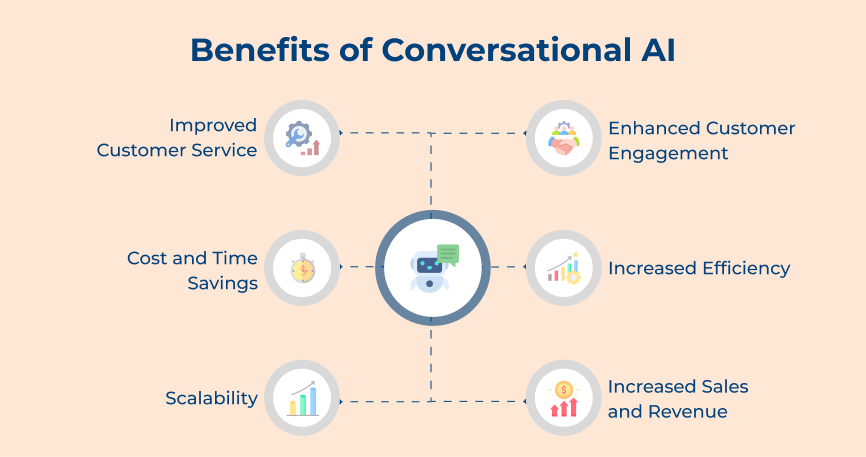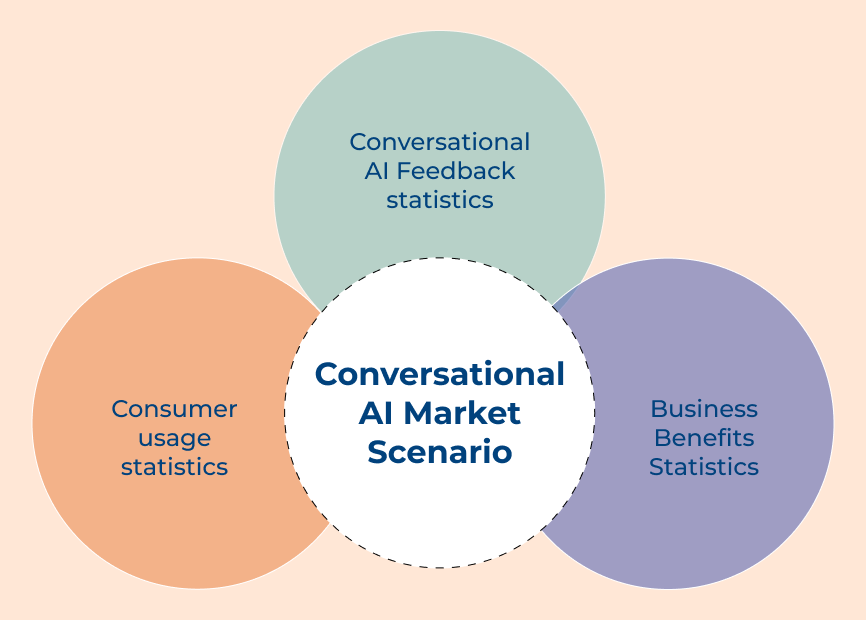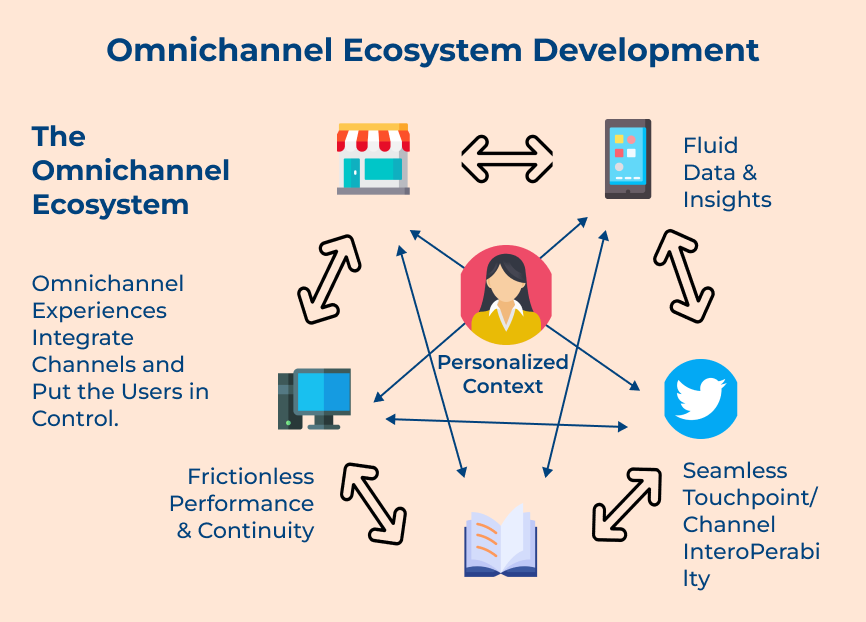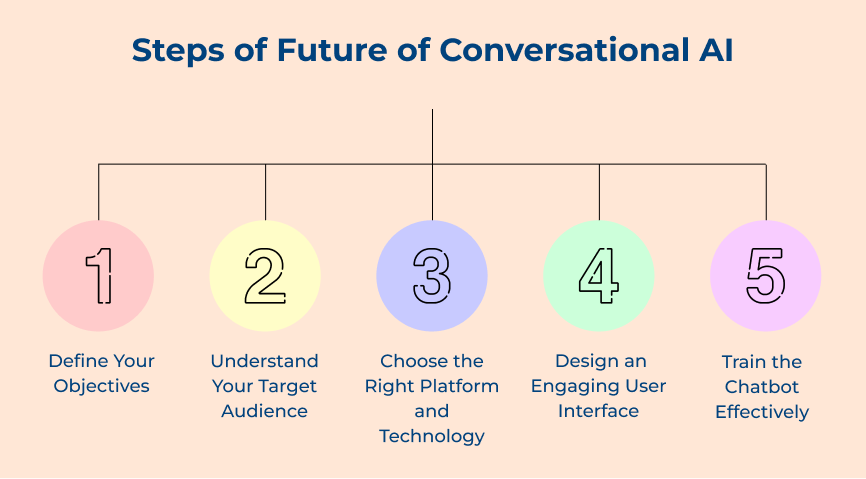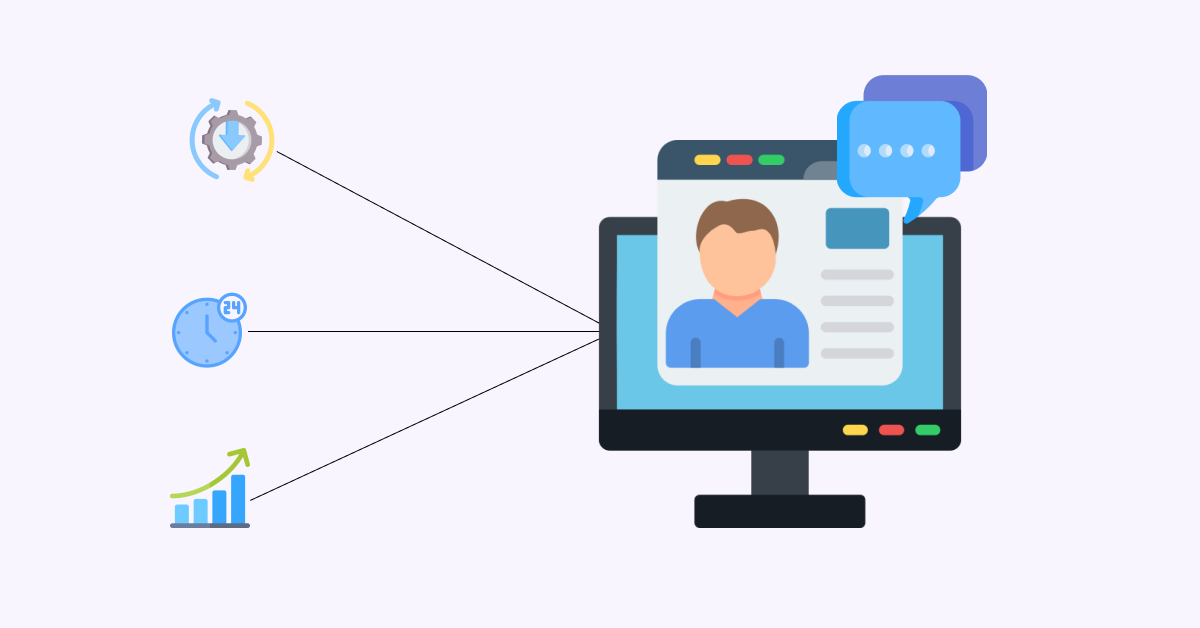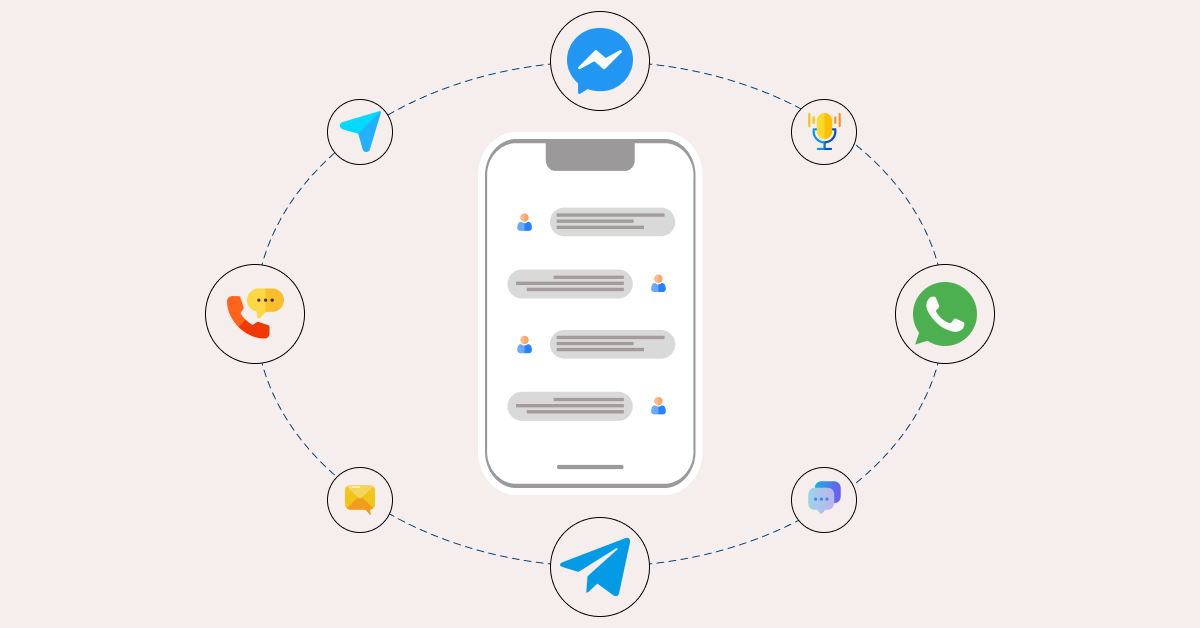A. Consumer usage statistics
Conversational AI has gained significant popularity in recent years, revolutionizing the way consumers interact with businesses. Let’s take a closer look at the present market scenario of conversational AI and the increasing consumer usage statistics.
1. 56% of consumers have expressed their willingness to purchase items through chatbots.
The statistic highlights the growing trust and acceptance consumers have towards the technology. Owing to the convenience and immediacy it offers, chatbots have become a preferred choice for many shoppers. They ensure that customers are provided with a seamless and personalized shopping experience.
2. 36% of people rely on chatbots to resolve problems or seek detailed answers.
Gone are the days when consumers had to wait on hold for long durations or browse through the entire website looking for solutions. Chatbots provide instant responses, 24/7 availability and tailored assistance, making problem-solving effortless.
3. 39% of user intent is they would prefer using a chatbot to get timely responses
The stats highlight the importance of quick and reliable communication during critical moments. Chatbots equipped with artificial intelligence can swiftly assess urgent situations, provide relevant information and even connect users to appropriate support channels. Their ability to deliver real-time assistance has proven to be beneficial, particularly in situations where time is of the essence.
B. Feedback for conversational AI statistics
Companies can provide efficient customer support by using chatbots and other AI-powered tools, leading to positive customer experiences. Here are some statistics that illustrate the present market scenario of conversational AI and the feedback it has received from consumers:
1. 80% of consumers who have engaged with a chatbot report it as a positive customer experience.
Chatbots have become increasingly sophisticated, offering personalized responses and efficient problem-solving. It has resulted in a majority of consumers having positive experiences when interacting with chatbots. The convenience and availability of chatbots make them a favorable option for customer support.
2. 65% of respondents said that they accept chatbots to answer their questions as long as the answers are correct, and 2% even prefer chatbots to live conversational agents.
Consumers have gradually accepted chatbots as a reliable source of information. As long as chatbots provide accurate answers and solutions, a significant percentage of consumers are willing to engage with them. A small but noteworthy percentage even prefer chatbots over live conversational agents due to their speed and efficiency.
3. Better bot experiences with more engaged audiences are getting 75-80% response rates, while even the least favorable experiences are in the 35-40% range.
The success rates of conversational AI largely depend on the quality of the bot experience provided. Engaging audiences with well-designed chatbots can result in response rates as high as 75-80%. Even in less favorable scenarios, where chatbot experiences may fall short, response rates still hover around 35-40%. It indicates that conversational AI can capture the attention of potential customers and retain existing customers effectively.
C. Business Benefits Statistics
Owing to its ability to deliver customized customer support and save costs, conversational AI has become an essential tool for companies across industries. Let’s take a closer look at the present market scenario of conversational AI and the benefits it brings to businesses:
1. Large ROI on Minimal Investment
According to a survey, 60% of businesses claimed that chatbots deliver a significant return on investment with minimal investment required. Chatbots enable companies to handle a large volume of customer queries efficiently and effectively by automating customer interactions. It results in improved customer satisfaction and brand loyalty.
2. Enhanced Customized Customer Support
Delivering a personalized customer support experience has become a necessity to survive and thrive now. It is where chatbots come into the picture. Around 64% of businesses believe that chatbots allow them to deliver a more tailored customer support experience. It allows them to analyze customer data, preferences and purchase history to provide personalized responses, enhancing the overall customer experience.
3. Cost Savings and Efficiency
One of the key advantages of chatbots is their ability to save costs and increase operational efficiency. Chatbots can answer up to 80% of routine questions by automating routine and repetitive tasks. It frees up conversational agents to focus on more complex and challenging work. Companies can save up to 35% of their customer support costs by reducing response times and optimizing their workforce.
4. Substantial Savings on Salaries
Chatbot automation has the potential to save companies billions of dollars in annual salaries. It is projected that chatbot automation can lead to $23 billion in savings from annual salaries. Automating customer interactions allows companies to reduce the need for a large customer support team, resulting in significant cost savings.
5. Cost-Effective Customer Interactions
Chatbots are estimated to save $0.80 per customer interaction. Compared to traditional customer support methods, chatbots provide a cost-effective solution by handling a large number of customer queries simultaneously. It reduces the need for extensive human resources.
Predictions of Conversational AI: 7 Things to Look Out For
Let us go through the crucial predictions of conversational AI that you should keep an eye on, shaping the conversations of tomorrow.






